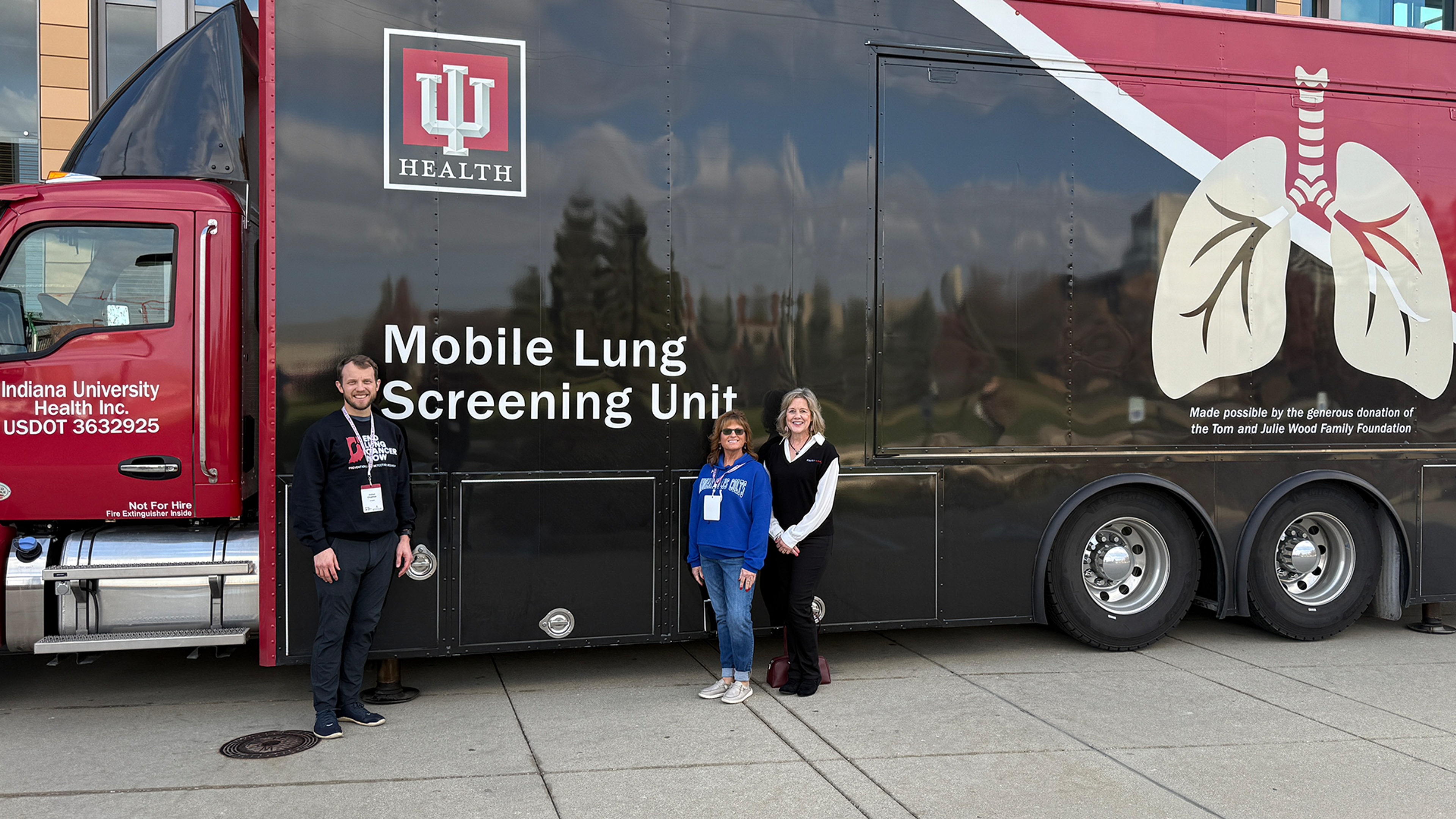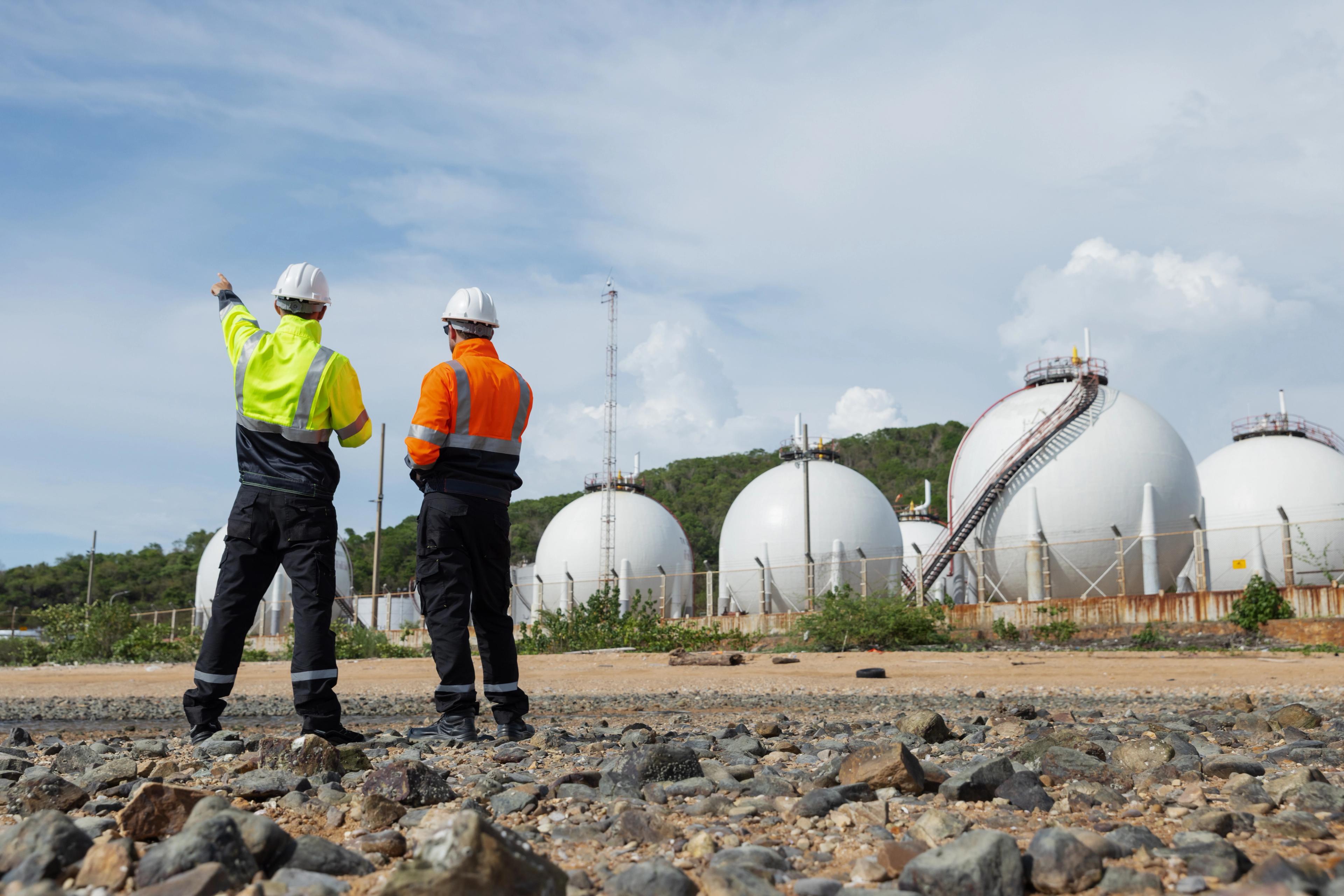

Advancements in Radon Monitoring at IEA 2024
In September, Radonova attended the annual Radon and Vapor Intrusion Symposium hosted by the Indoor Environments Association (formerly AARST). This premier industry event brought together leaders, specialists, and emerging professionals to exchange knowledge on the current issues and emerging technologies impacting radon and vapor intrusion. Two respected authorities in the field, Dr. Tryggve Rönnqvist and Vanda Jakabová, shared significant new research findings that have important implications for our understanding and treatment of these environmental health hazards. The symposium provided a valuable forum for discussion, networking, and staying informed on the evolving standards in this critical area of environmental health and indoor air quality.
Tryggve Rönnqvist Presents Advancements in Radon Monitor Semiconductors
Radonova’s esteemed technical manager, recently shared groundbreaking insights into the progress of radon monitor semiconductors. His research uncovered an efficiency drop in some continuous radon monitors utilizing semiconductor technology. This discovery promoted the development of an innovative method to detect radon adsorption on chamber walls, revealing a clear correlation between lower efficiency monitors and the amount of radon adsorbed. Additionally, he explored methods to enhance efficiency in chambers experiencing these problems, allowing for more accurate and reliable radon monitoring. Rönnqvist's research contributes to the ongoing effort to enhance radon detection technologies and ultimately safeguard workers’ health.
Vanda Jakabová Highlights Importance of Combined Protocol for Workplace Radon Exposure Assessment
Vanda Jakabová, Radonova’s newest radon professional and researcher, has shed light on the critical importance of a combined protocol for assessing workplace radon exposure. Her study emphasizes the advantages of pairing long-term passive detector measurements with short-term continuous radon monitor tests. This approach is particularly relevant in environments with time-controlled ventilation, such as those found in Nordic countries and Canada. Her findings suggest minimal seasonal influence, eliminating the need for strictly timed measurement windows. This flexibility enhances the practicality of implementing the combined protocol in workplace radon assessment strategies.
These developments are reshaping how we approach radon safety in professional environments, ensuring more accurate assessments and better protection for any workplace. As regulations and awareness surrounding radon continue to evolve, it is essential that we stay informed about the latest developments in monitoring techniques and best practices. Research provided by Tryggve Rönnqvist and Vanda Jakabová will contribute to safer work environments and protecting employees from the potential health risk associated with radon exposure.
Click here to stay informed about radon industry news and product discounts.
Published
October 09, 2024




